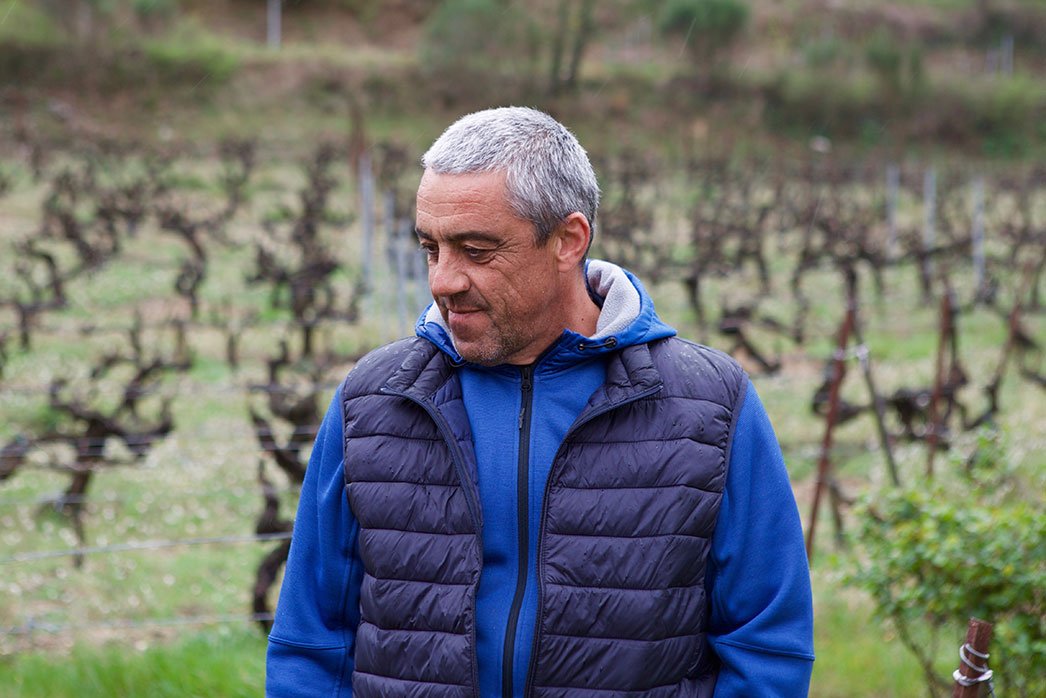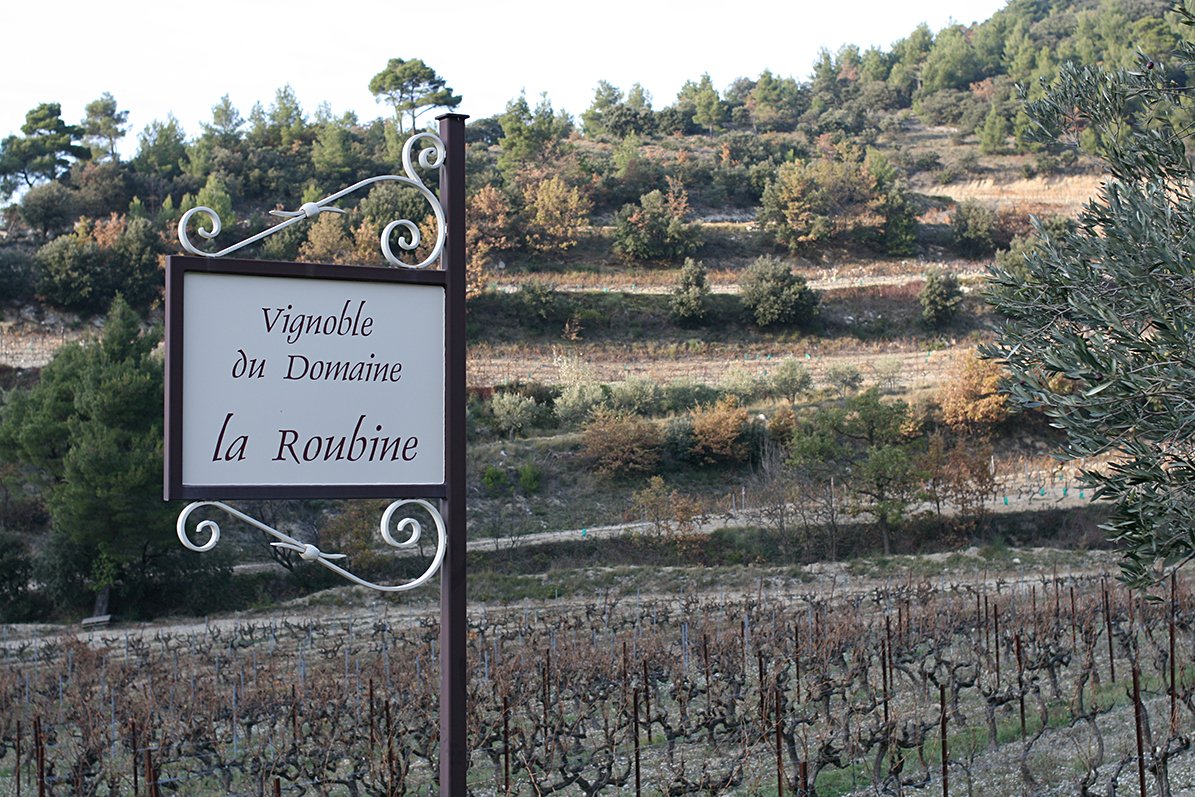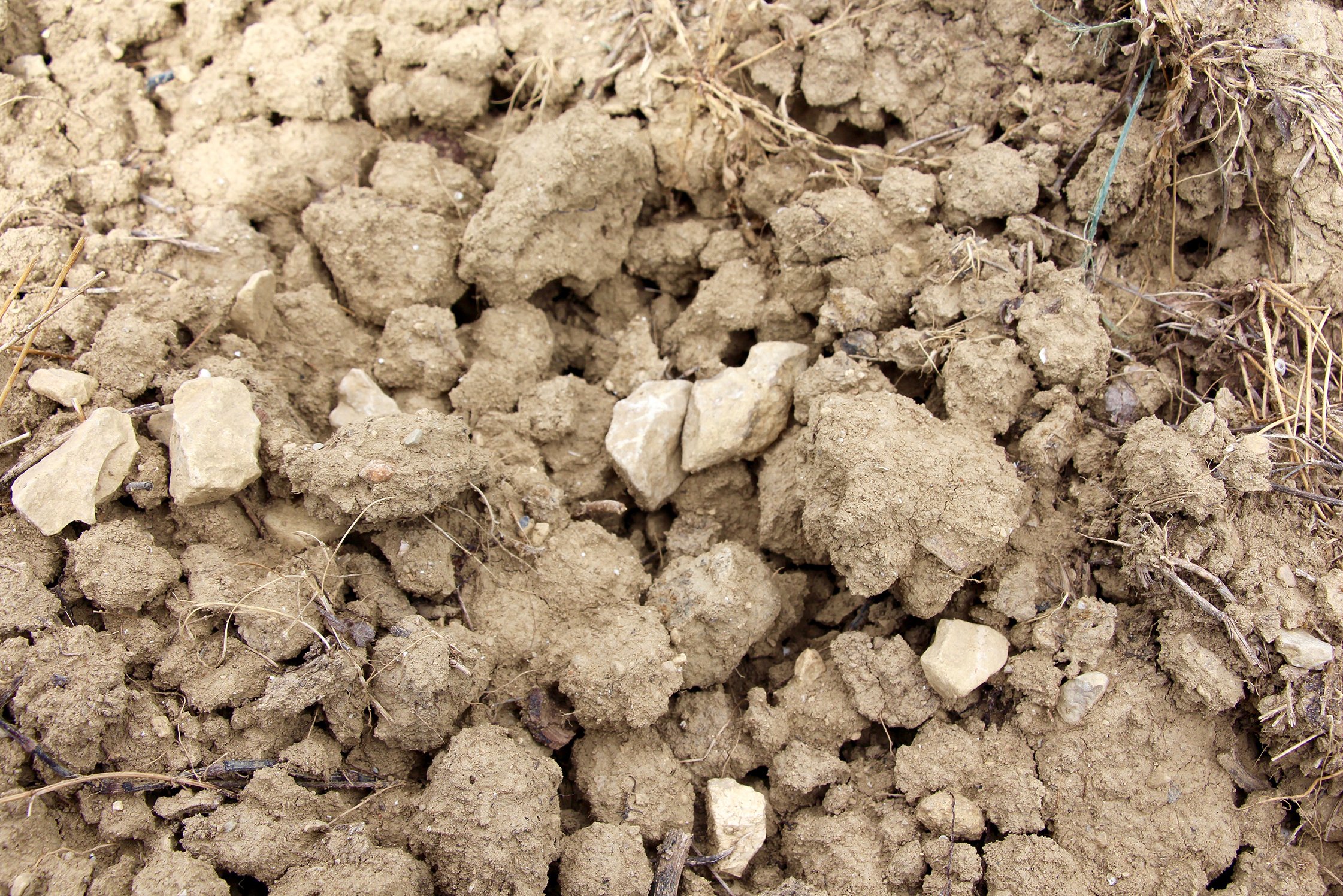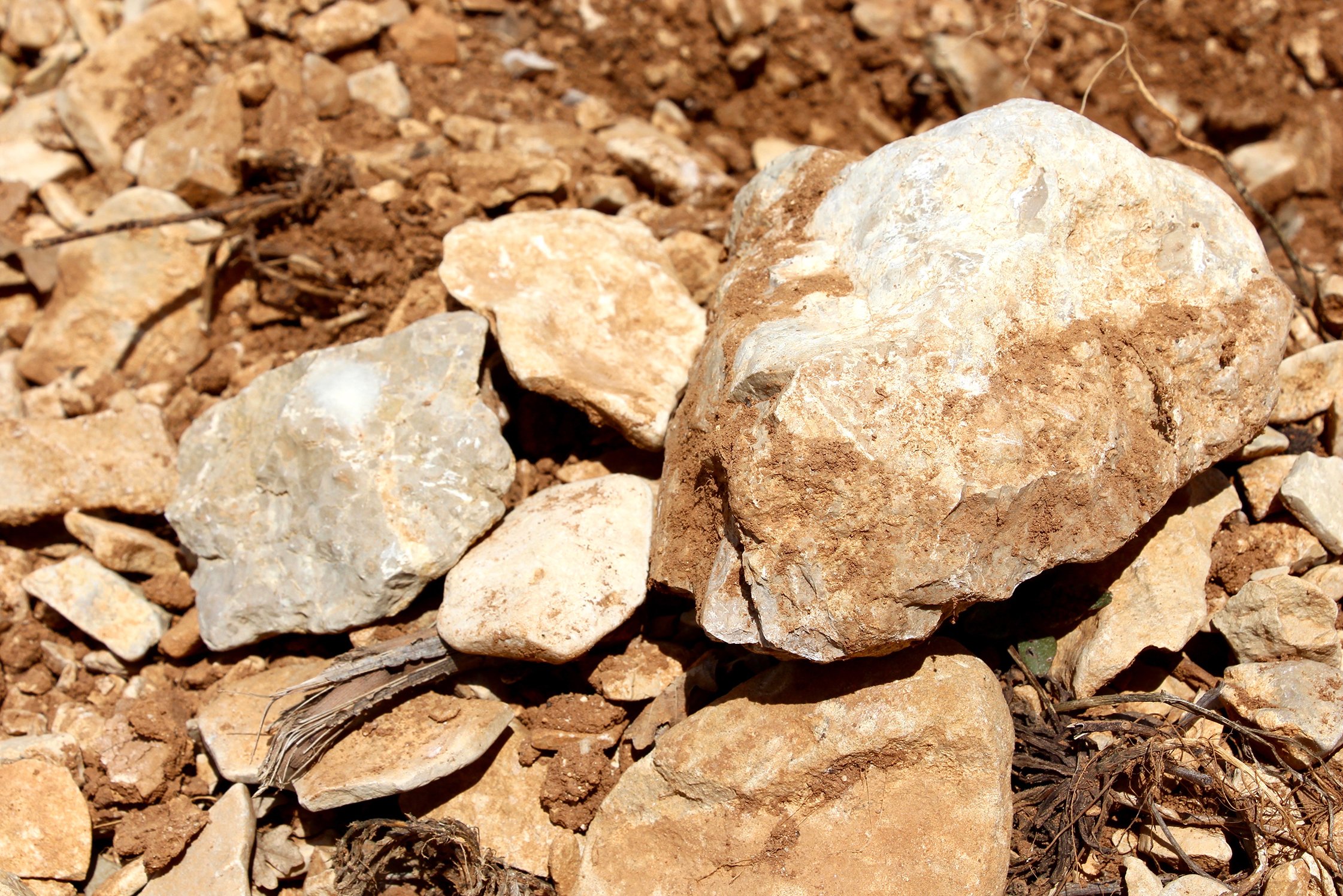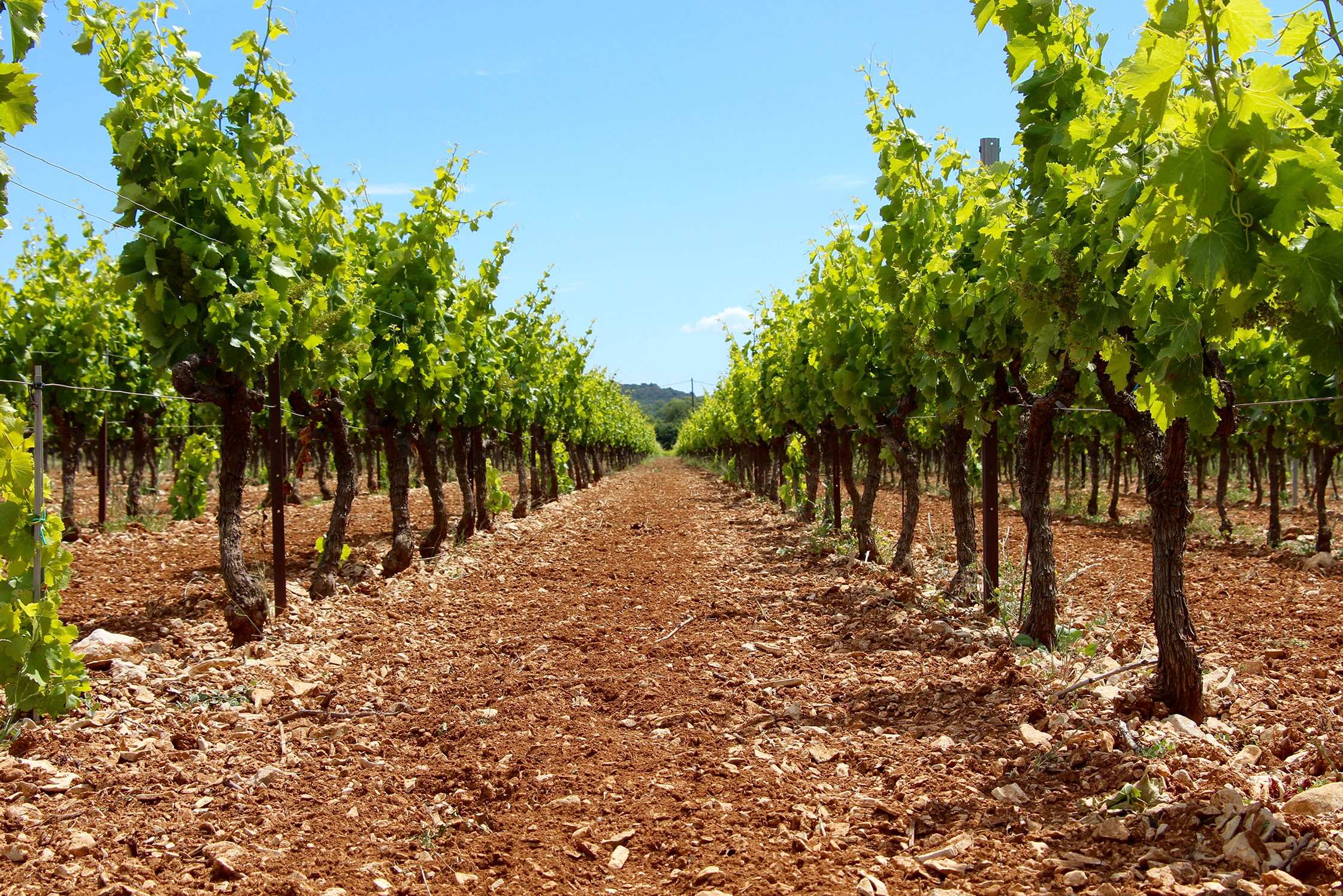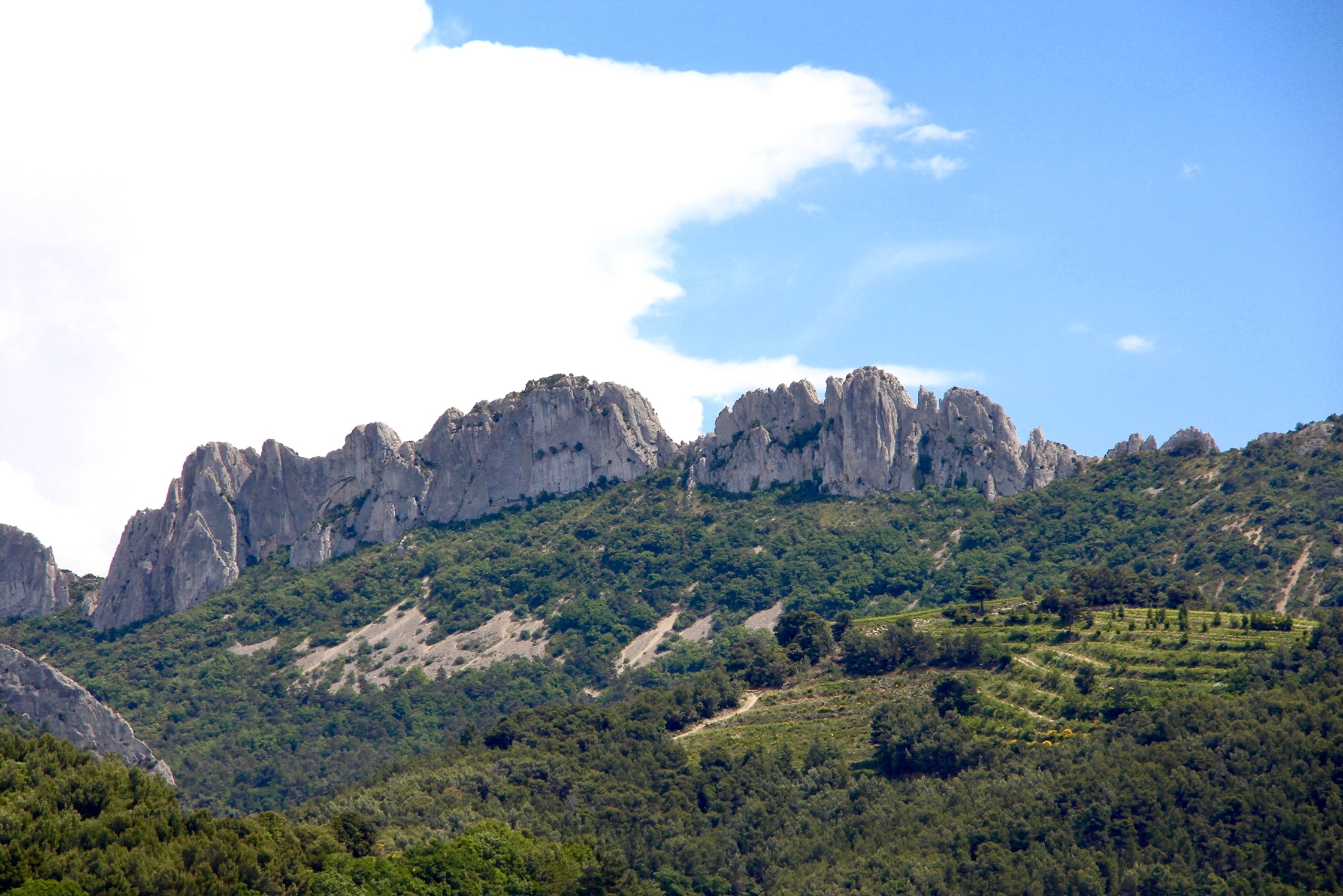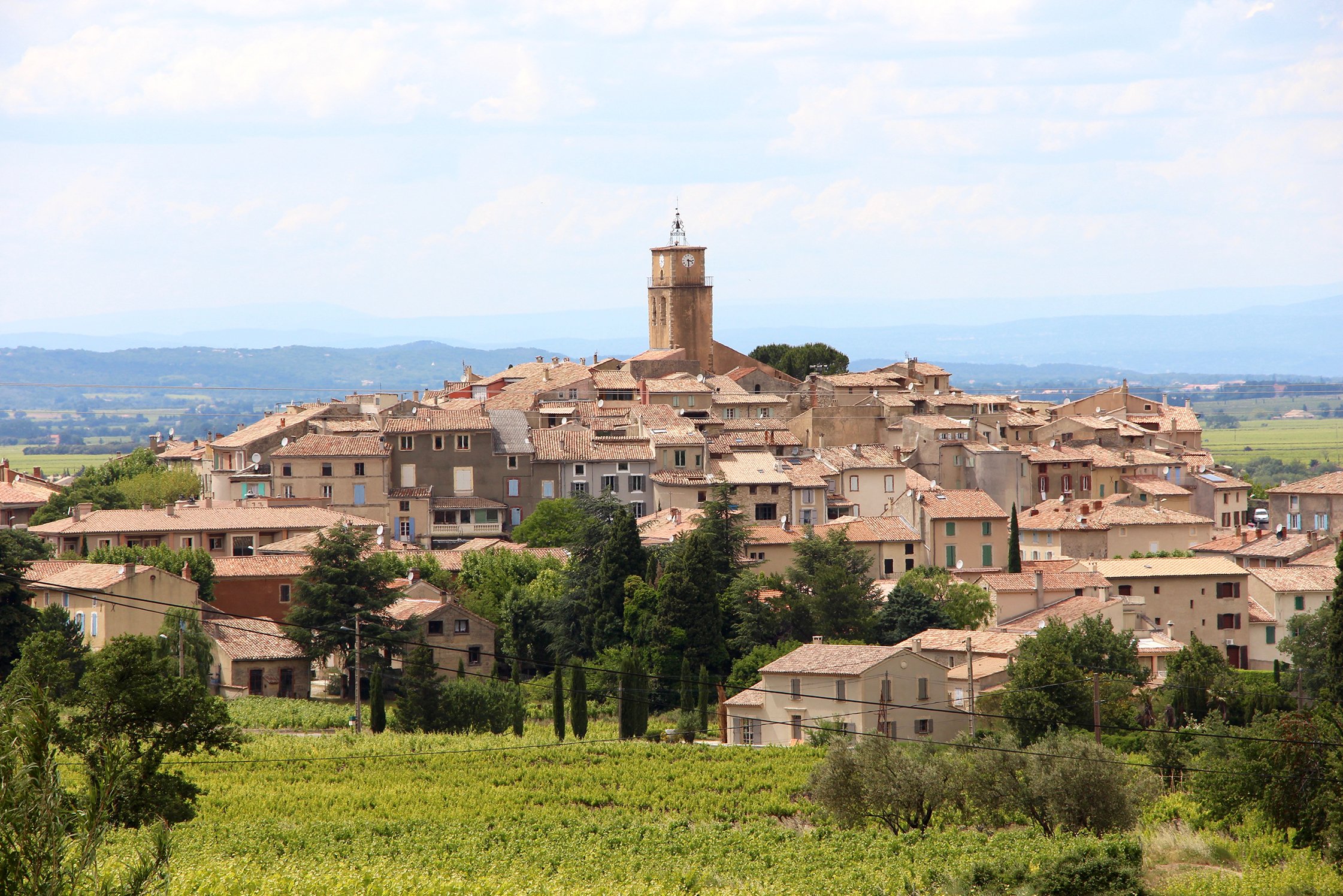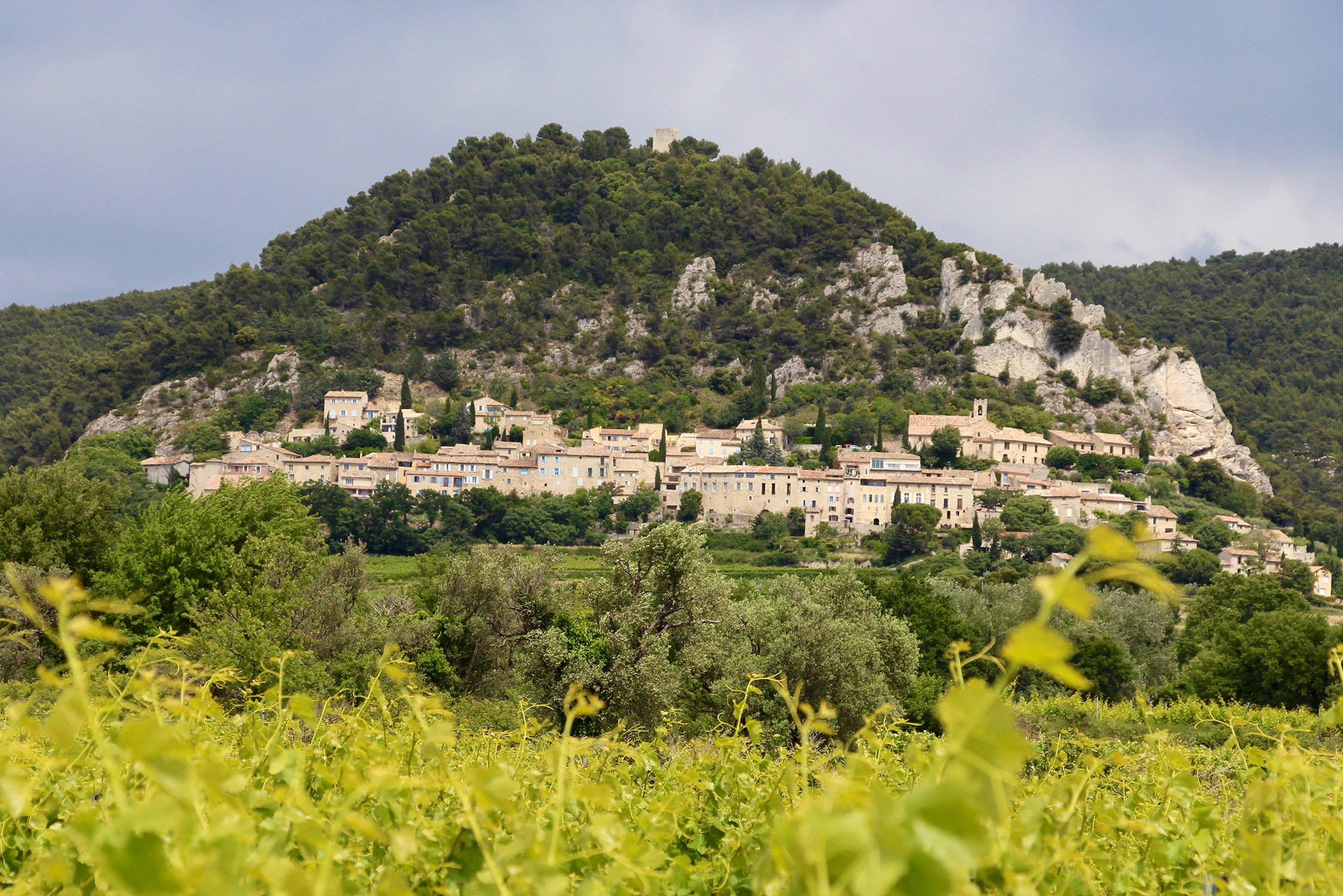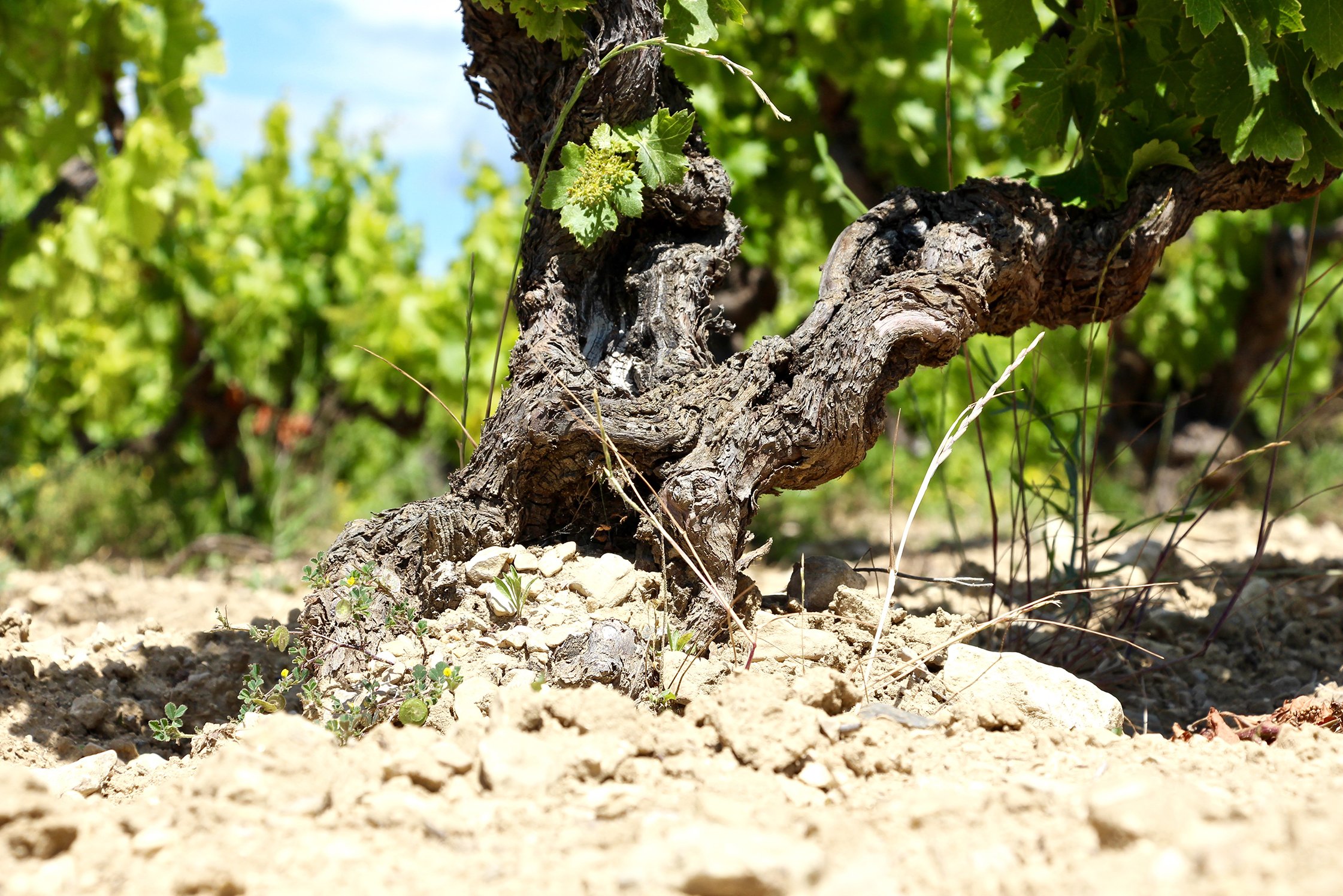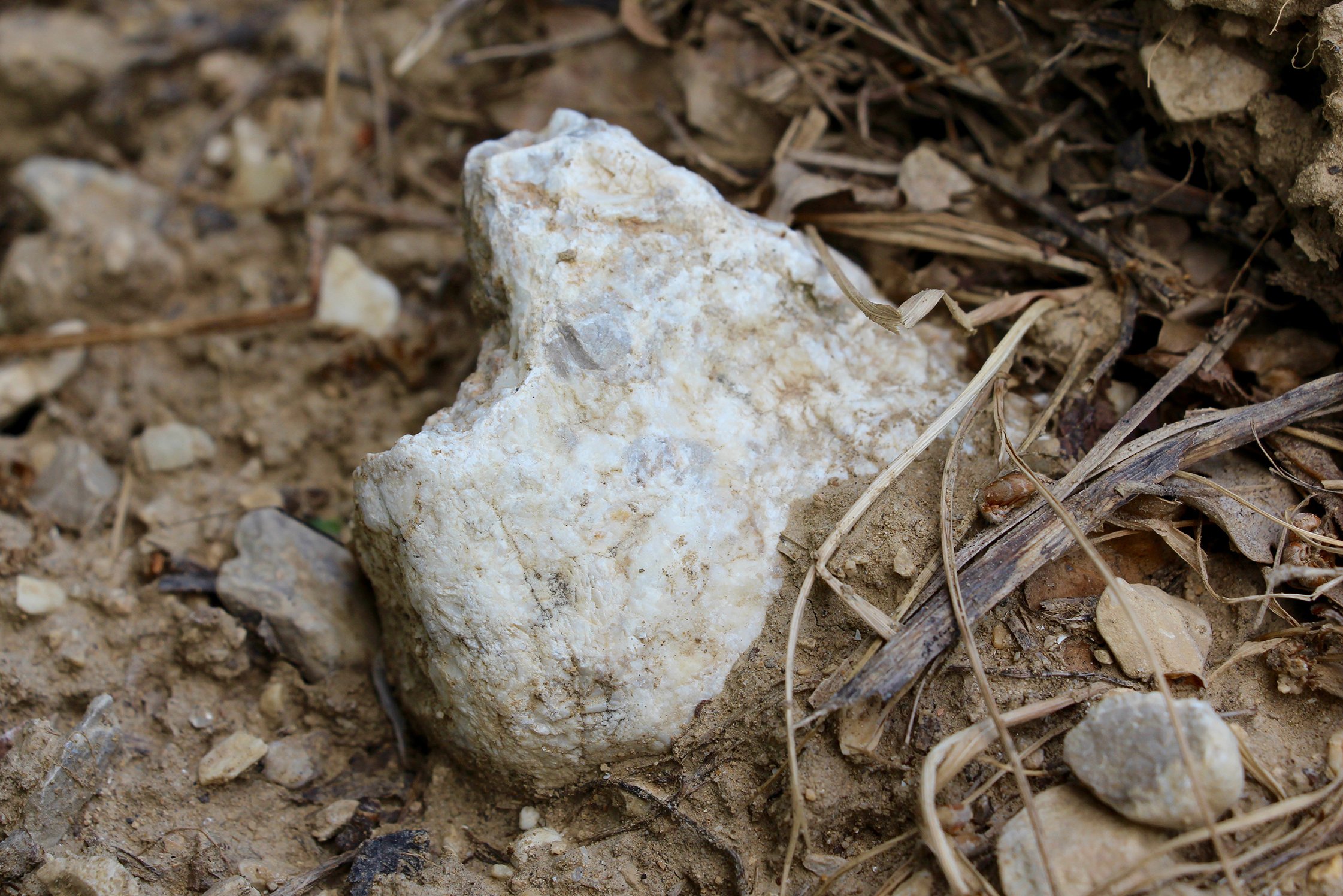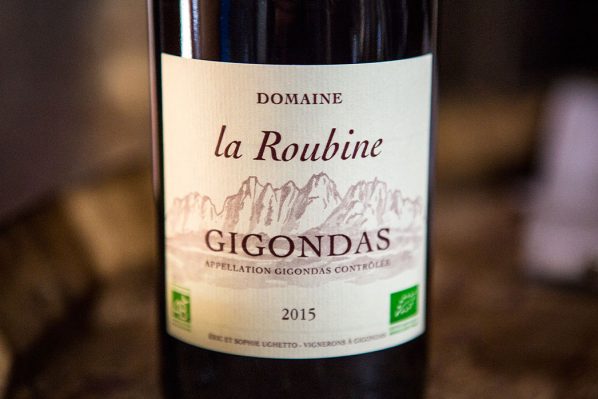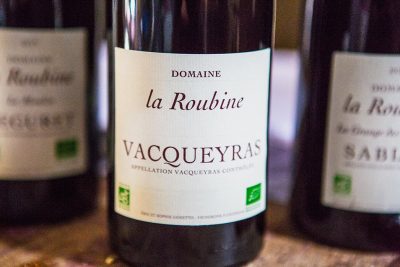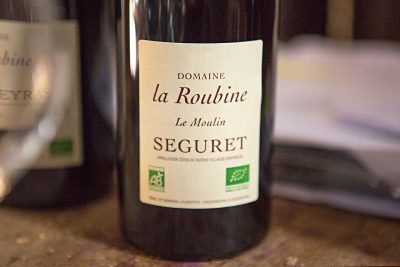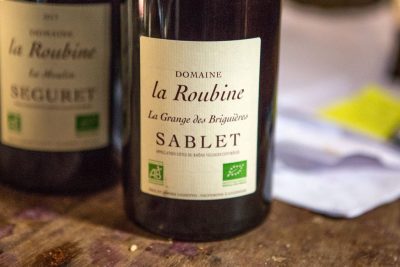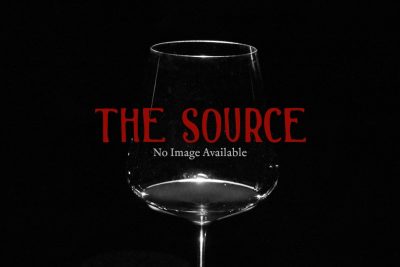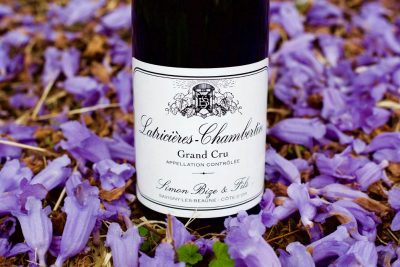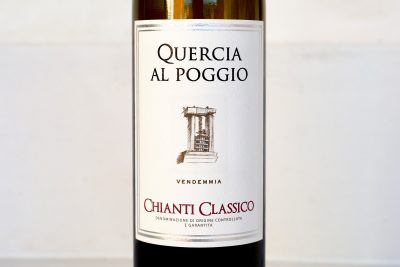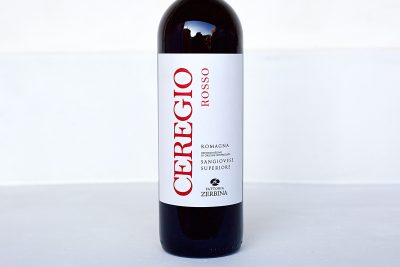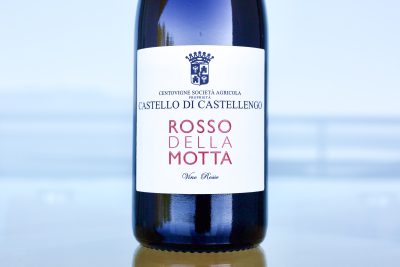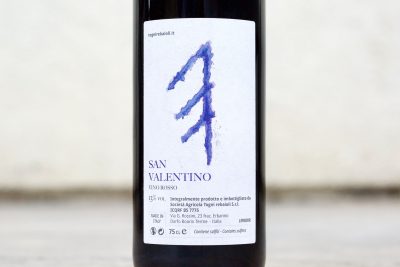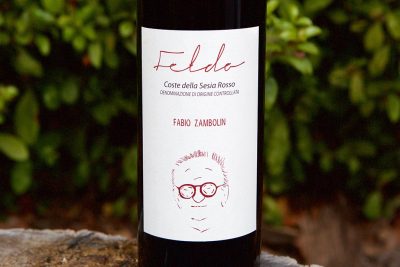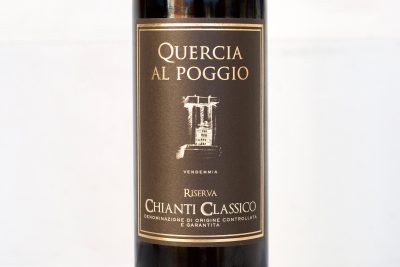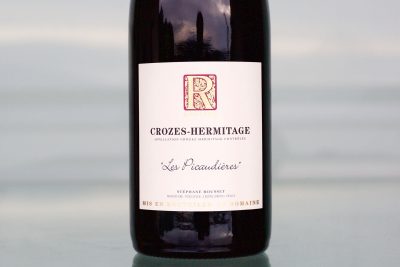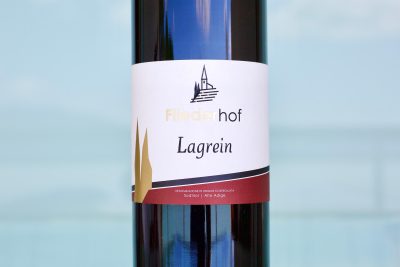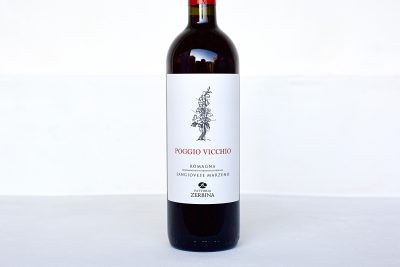About The Wine
Inside the bottle: This beauty highlights everything that’s refined and powerful and powerful about Gigondas. Its blend of terroirs reflect the nuances of the limestone slope, but it’s the gentle handiwork of vignerorn Eric Uhgetto—both in vineyard and cellar—that provides this wine its unusual elegance from what are highly traditional winemaking techniques.
After a whole bunch (both grapes and their stems) fermentation for a whopping 45 days one would expect a wine of pure mass and extraction. But, after the third week the tannin extraction of a wine usually peaks and starts to slowly mellow out, converting its rough grit into something finely textured. The extended fermentation—combined with aging in neutral vessels of concrete and old, large oak casks—results in an intensely savory wine with restrained power. Eric’s exceptional craft and his affinity for subtlety results in one of the most elegant wines in Gigondas.
Made of 70% Grenache and equal parts Mourvedre and Syrah, the wine offers classic aromas of licorice, garrigue (lavender, thyme, rosemary and sometimes juniper), and forest floor over a deep core of cool black fruits and ripe griotte (wild cherry). This is traditionally-styled winemaking at its best, put into service to capture the essence of place.
Terroir: A blend of two distinctly different terroirs gives this wine depth and range. The first terroir comes from two sites, Santa Duc and Les Jardinières, located on the high plain of Gigondas, just below the village. They sit on iron-rich red alluvial soils mixed with quartzite cailloux roulés, clay with a limestone underbelly. The other terroir, Les Florets, is located on terraces of the Dentelles de Montmirail, above the village. These terraces are on white loamy limestone soils with fissured quartz stones, quartzite alluvial pebbles with sharp, fractured limestone scree from the Dentelles de Montmirail. The terraced sections are protected from the intense Mistral winds, but remain cool because off its northerly exposition, while the same winds carry cold air from the north into Gigondas’ lower section, giving the vines relief from the relentless Provençal summer sun and heat. On the plane, the wine’s masculinity is enhanced, while the terraces bring its finer points. Impossible to summarize in a single paragraph, the many terroirs of Gigondas make it one of the most complex within such a small area. Each vigneron has his own unique palette of vineyards to blend together in pursuit of charm in an appellation that can be known for brute power.


